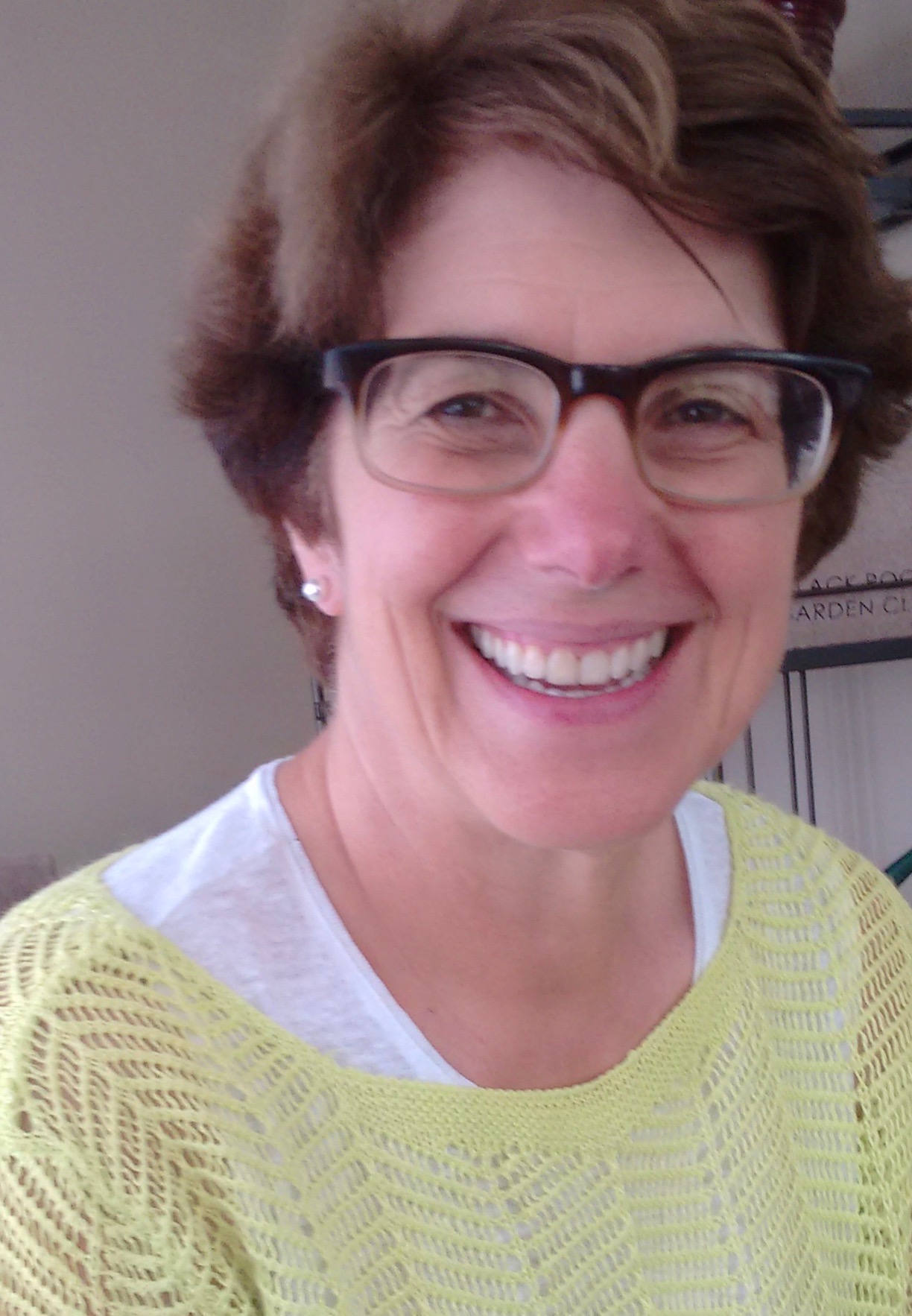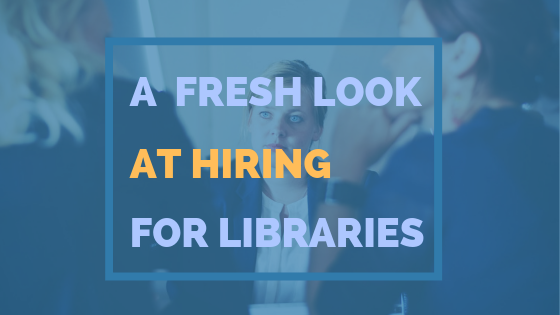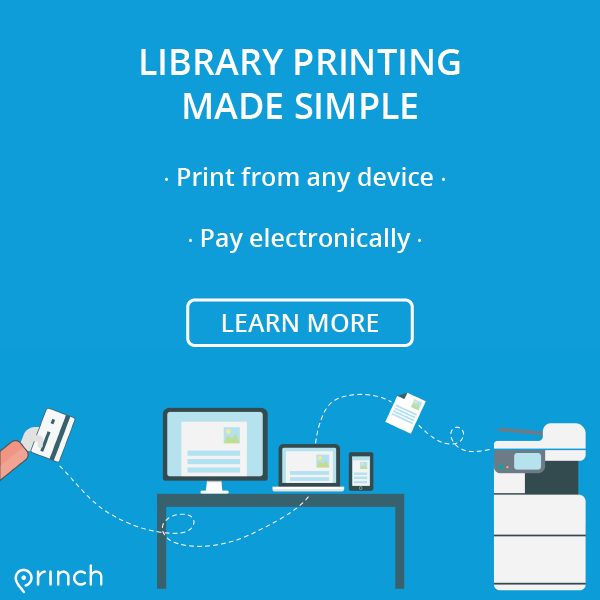You may have heard Maxine Bleiweis in Episode 4 of the Princh Library Lounge Podcast talking about a fresh new way to tackle recruitment. We asked Maxine to give us some background about why changing the way we recruit is important, and to elaborate about at the journey she takes prospective candidates on before hiring for the library.
A new look at recruitment and hiring for libraries
Every time I left an Apple Store, I found myself wanting to clone the employees to work in a library. So, one day, I decided to act on my desires.
This is a verbatim conversation:
Library director, observing an outstanding customer experience: “Have you ever thought of working at the local public library?”
Apple Store employee: “Never. I don’t know anything about libraries.”
Library director: “The skills you have are all you need to get started. We can teach you the rest.”
Apple Store employee: “Are libraries still going to exist in the future?”
Clearly, this potential employee was going to need more convincing.
And while we wait to convince potentially stellar candidates, we have somewhat of a hiring crisis at a time when it has never been a more critical for people to enter a space without barriers where they can learn what they need to survive and thrive. And it’s exacerbated by an unprecedented amount of retirements resulting in new hiring opportunities, changing demographics of our communities, and the realization that our interview process isn’t uncovering the skill sets we need most.
We have somewhat of a hiring crisis at a time when it has never been a more critical for people to enter a space without barriers where they can learn what they need to survive and thrive. Share on XHow do we tackle those issues?
Be in active recruitment mode. Watch for potential staff in unexpected places: phone stores, hospitality, theater, airline attendants, and anywhere else that prepares people to deliver great service in a changing landscape.
Adopt the mindset that you will train for the skills that are unique to a library setting. Library skills from the past are not as relevant for the future. We’re now in the people business, linking them to resources of all kinds. That ILS or database they know will likely change soon. The joy of learning new things and concern about people are the primary assets to seek.
And, most of all, look for self-confidence. Karen Hewitt outlines the types of confidence we need our staff to have.
Is the organizational chart still valid? Take a hard look at your org chart and ask if it’s the right one to carry out your vision and mission. New org charts are flatter, have job titles that express what is needed, and minimize behind-the-scenes operations so that attention is paid directly to the library patron inside the building and outside in the community.
Hire for tomorrow. You will get through today. Look ahead and determine the characteristics needed for a staff to engage with your community. The ability to start a conversation with a stranger will likely top the list.
Look ahead and determine the characteristics needed for a staff to engage with your community. The ability to start a conversation with a stranger will likely top the list. Share on XCreate an experiential interview. Observe job candidates interacting with people they don’t know. Take away barriers such as desks and screens and have them out on the floor and in the community. Ask what they observed after their interactions. Find out what they love to learn about and have them teach you and, then in turn, teach your interview team members who represent different learning styles.
Ask questions that can’t be practiced. Questions that begin with “Tell me about a time that you…”. Not “Tell me what you’d do if…”. Anyone can practice that.
Find out about their ability to be part of a team. Were they ever on a team before—sports or otherwise? What role did they play and how successful were they?
Find out what they have a hard time learning and how they overcome that. You’re looking for empathy. You’re looking for people who remember what it feels like to fail and pick yourself up and try again. Show them this Brene Brown video on empathy and ask for their reaction.
Catch them in action. Take them on a tour of the library during its most active mode. Watch for body language when they pass by potential disruptors. Ask them to participate in a library event and see how they interact.
You’re looking for empathy. You’re looking for people who remember what it feels like to fail and pick yourself up and try again. Share on XMake changes to the interview mid-stream. Move rooms, rearrange the people in the room, invite different people to participate at different times. Watch for their coping skills.
Think hard about why you’re hiring this new person. Then think about the barriers they will face. Ask them about being the “only” person in their past experience—the new person, the person of a different background, the person who didn’t fit in right away, the first person with a job title. Prepare them for the challenges ahead. Hiring is only the first step. Now to make them thrive within the organization.
Pave the way for success once they are hired. Prepare the organization for someone new with new thinking and new skills. Don’t let the “tradition keepers” make it impossible for the new person to be successful. Give them time to rotate through the organization and observe, ask questions, and give feedback and suggestions. Don’t start with “this is how we do it” no matter what their role is.
Don’t allow a hierarchy from the past to squelch the contributions of people with new perspective, new insights, and new energy. If you don’t encourage their contributions, don’t be surprised if they start looking elsewhere. Share on XLoyalty to an employer as in the past is not a given assumption and is rare. You need to earn loyalty. Place the new employee on a team that has a goal and expect them to contribute. Rotate leadership on those teams so they can show their skills sooner than later. Don’t allow a hierarchy from the past to squelch the contributions of people with new perspective, new insights, and new energy. If you don’t encourage their contributions, don’t be surprised if they start looking elsewhere.
Create a growth plan for the new employee and for every employee. Discuss what they need to learn, the way they will learn it, and how they can then teach it to others. Map out the year in opportunities for growth and agree on it. But change it up as needed. You may need to go slower or faster or veer off in other areas.
And if it’s not the right fit with your organization, acknowledge that and help them find a better one. They will thank you for it in the future.
Finally, you’re not going to hire each candidate you interview. Make sure those who don’t get the job come away saying, “Wow. That library puts a tremendous amount of effort into their hiring process.” Your interviewing efforts can turn into great, free marketing of the best kind.
For more conversation, find me at maxine@maxinebleiweis.com

Twitter: @maxinebleiweis
Library Innovation Consultant, Coach and Speaker
Maxine Bleiweis & Associates LLC
Recent posts
Green Libraries: How Sustainable Design is Shaping the Future of Public Libraries
In this week's Princh Library Blog post, recurring guest writer Sam L. Bowman discusses an ever so important topic: sustainable design and [...]
Librarians Supporting Digital Literacy in the Community
In this week's Princh Library Blog, Nina Grant covers why digital literacy is important, the variety of ways in which librarians are supporting [...]




Leave A Comment